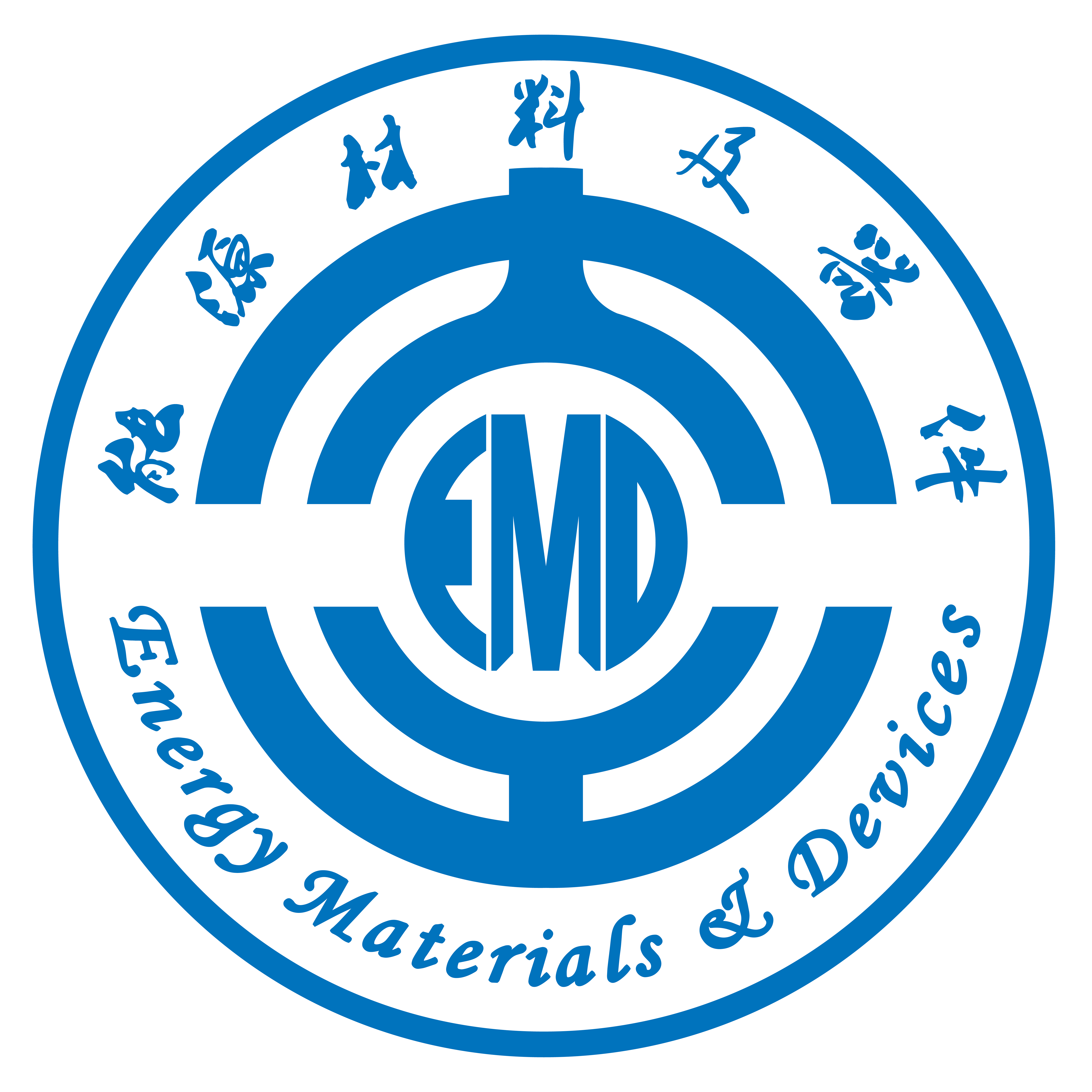Abstract: Irreversibleconsumption of sulfur aroused from shuttle reactionis the major challenge for liquid electrolyte lithium–sulfurbatteries, although various sulfur-based cathodes have been designed.In this work, strict constraint of sulfur to eradicate the polysulfideshuttling is realized in the nanostructure of carbon-coated metalsulfides instead of pure sulfur cathodes. The nanoparticles are composedof a carbon shell and iron disulfide core (FeS2@C), fabricatedby the plasma evaporation method and postsulfurization. The Fe–Sbonds in FeS2 chemically attract the sulfur atoms duringtheir lithiation reaction, while the carbon shell physically blocksthe sulfur loss within the enclosed construction. Owing to the remarkabledual constraint of S, the FeS2@C cathode delivers a stablespecific capacity of 862 mA hg–1 after 300 cycles.The assembled battery cells exhibit stable electrochemical performancewhen they are operated safely in the temperature range from 60 to 25 °C.
DOI:10.1021/acsaem.0c01929

